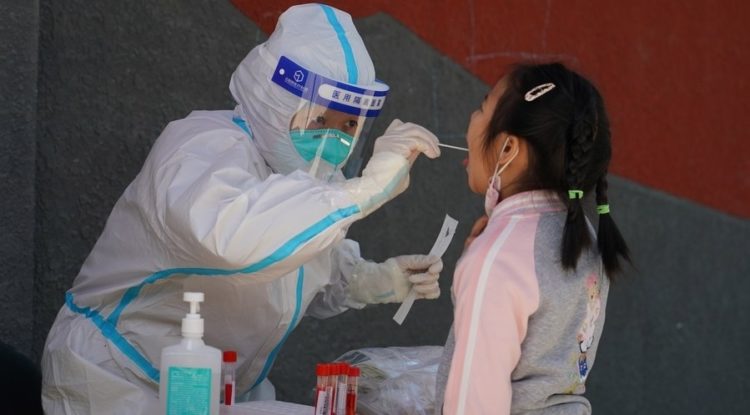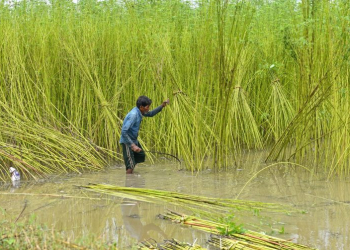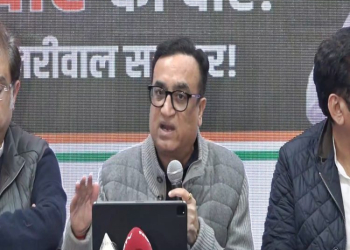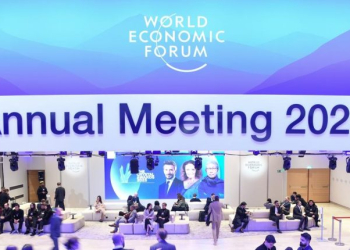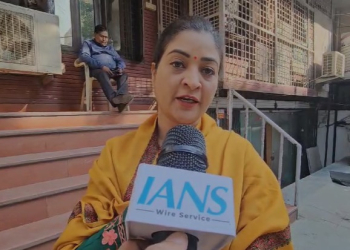New Delhi: After more than two years, the origin of the Covid-19 pandemic still remains a mystery. In a new report, the World Health Organization (WHO) said the theory that the Covid virus might have escaped from a laboratory needs “further investigations”.
The origins of Covid has remained the subject of a political and scientific debate with scientists and politicians globally contending that the coronavirus jumped into people from bats, or have been leaked from a laboratory.
The UN health agency in its initial assessment stated that it was “extremely unlikely” that Covid might have spilled from a lab.
The new report, by Scientific Advisory Group for the Origins of Novel Pathogens (SAGO), a WHO expert panel established in 2021 to research the causes behind the pandemic, shared that “key pieces of data are not yet available for a complete understanding of how the Covid-19 pandemic began”.
The report, however, suggests that the virus probably came from animals, likely bats. But it also did not rule out the possibility of a lab leak, citing lack of clear data.
“At the present time, currently available epidemiological and sequencing data suggest ancestral strains to SARS-CoV-2 have a zoonotic origin with the closest genetically related viruses being beta coronaviruses, identified in Rhinolophus bats in China in 2013 (96.1 per cent) and Laos in 2020 (96.8 per cent),” the report said.
However, “this preliminary report is not intended to, nor does it, provide conclusive findings on the origins of SARS-CoV-2 because more information is needed from the studies recommended in this report”.
“The SAGO will remain open to any and all scientific evidence that becomes available in the future to allow for comprehensive testing of all reasonable hypotheses,” it added.
The WHO had previously claimed that China is not cooperating to probe the origins and has stalled efforts.
The expert panel said numerous avenues of research were needed, including studies evaluating the role of wild animals, which are thought to be Covid-19’s natural reservoir, and environmental studies in places where the virus might have first spread, such as the Huanan seafood market in Wuhan.
But, it was only able to assess information that has been made available to them through either published reports or presentations from invited scientists.
The SAGO also noted of “challenges” as they were working after “such a long time after the initial outbreak”.
“The longer it takes, the harder it becomes,” Maria Van Kerkhove, a senior WHO official in the SAGO secretariat, told a briefing.
“We owe it to ourselves, we owe to the millions of people who died and the billions of people who were infected,” she said.
Van Kerkhove said that the WHO will support all ongoing efforts to better understand how the pandemic began, to prevent any future outbreaks.
(IANS)



